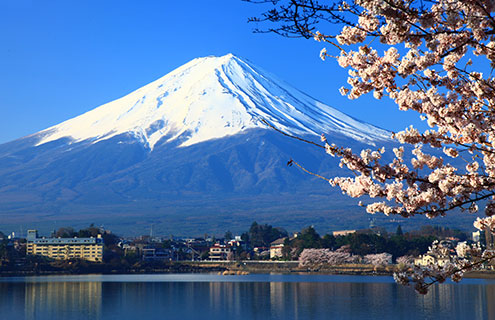Japan earmarks Q2 2019 for T+2 settlement shift
07 November 2017 Tokyo
 Image: Shutterstock
Image: Shutterstock
Japan has unveiled a “tentative” timeline for its exchanges’ shift from a T+3 to T+2 settlement cycle, with eye towards Q2 2019.
The implementation date will be determined by the middle of 2018 and is susceptible to changes due to discussions with market participants and “other matters”.
In-scope exchanges include the Tokyo Stock Exchange, Osaka Exchange, Nagoya Stock Exchange, Fukuoka Stock Exchange, and the Sapporo Securities Exchange.
SBI Japannext and Chi-X Japan will also shorten their cycles in line with these exchanges.
This decision to shorten the cycle is based on a Japanese work group report on the possibility of a shorter settlement cycle published in June 2016.
In a statement on the initial timeline, the Japan Exchange Group said: “This decision was made in recognition of the urgency and importance of realising a secure and efficient securities settlement system for enhancing the international competitiveness of Japan’s securities market.”
It added: “The tentative implementation period is scheduled for April or May 2019, as described in the final report.”
A move to T+2 has the advantage of bringing Japan in line with the major US and EU markets, among others.
North American securities markets cut their settlement cycles from T+3 to T+2 on 5 September.
Affected securities include equities and corporate and municipal bonds, and unit investment trust (UIT) trades in the US, Canada and Mexico, Peru and Argentina.
The EU moved to a T+2 settlement cycle in 2014.
The transition aims to reducing operational and systemic risks by forcing securities through the market infrastructure quicker, thereby allowing counterparties to avoid trade failures.
The implementation date will be determined by the middle of 2018 and is susceptible to changes due to discussions with market participants and “other matters”.
In-scope exchanges include the Tokyo Stock Exchange, Osaka Exchange, Nagoya Stock Exchange, Fukuoka Stock Exchange, and the Sapporo Securities Exchange.
SBI Japannext and Chi-X Japan will also shorten their cycles in line with these exchanges.
This decision to shorten the cycle is based on a Japanese work group report on the possibility of a shorter settlement cycle published in June 2016.
In a statement on the initial timeline, the Japan Exchange Group said: “This decision was made in recognition of the urgency and importance of realising a secure and efficient securities settlement system for enhancing the international competitiveness of Japan’s securities market.”
It added: “The tentative implementation period is scheduled for April or May 2019, as described in the final report.”
A move to T+2 has the advantage of bringing Japan in line with the major US and EU markets, among others.
North American securities markets cut their settlement cycles from T+3 to T+2 on 5 September.
Affected securities include equities and corporate and municipal bonds, and unit investment trust (UIT) trades in the US, Canada and Mexico, Peru and Argentina.
The EU moved to a T+2 settlement cycle in 2014.
The transition aims to reducing operational and systemic risks by forcing securities through the market infrastructure quicker, thereby allowing counterparties to avoid trade failures.
← Previous clearing and settlement article
CSD Prague opens a direct account in Euroclear Bank SA/NV
CSD Prague opens a direct account in Euroclear Bank SA/NV
NO FEE, NO RISK
100% ON RETURNS If you invest in only one asset servicing news source this year, make sure it is your free subscription to Asset Servicing Times
100% ON RETURNS If you invest in only one asset servicing news source this year, make sure it is your free subscription to Asset Servicing Times



